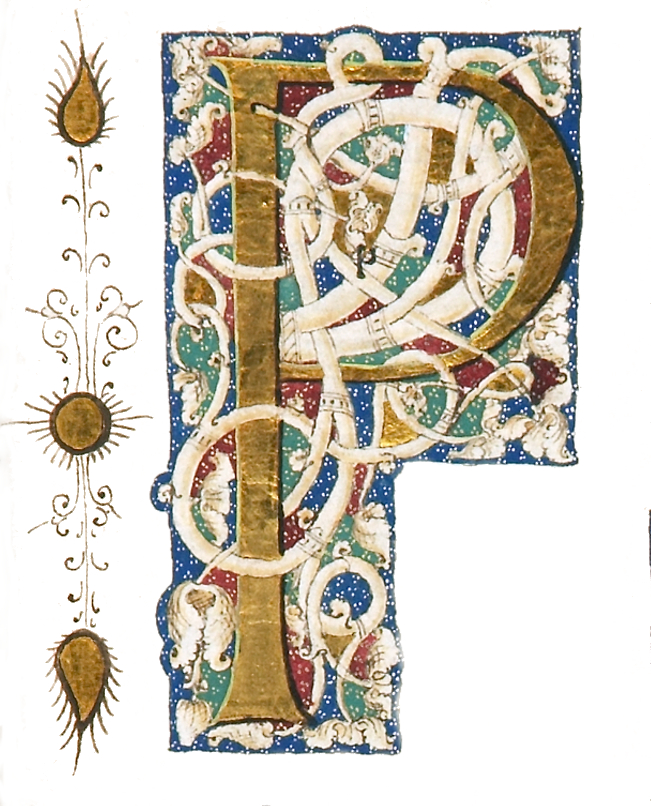1906 · Paris
by (BINDINGS - AFFOLTER). VILLIERS DE L'ISLE-ADAM, [PHILIPPE-AUGUSTE, COMTE DE]
Paris: Louis Conard, 1906. No. 4 OF FIVE COPIES ON JAPON HAND-DECORATED BY THE ARTIST (from a total edition of 190). 315 x 233 mm. (12 3/8 x 9 1/8"). 4 p.l., 93 pp., [1] leaf.
SPLENDID CRIMSON MOROCCO, ELEGANTLY GILT, BY P. AFFOLTER (stamp-signed and dated 1911 on front doublure), covers with large gilt frame of Indian motifs, raised bands, spine panels similarly tooled in gilt, gilt titling, ROYAL BLUE MOROCCO DOUBLURES, ELABORATELY INLAID with pink, light blue, citron, pale green, gray, and ochre morocco in a design inspired by the book's illustrations, the curling strapwork and floral frame accented with lotus blossoms and stylized elephants, (truncated)
SPLENDID CRIMSON MOROCCO, ELEGANTLY GILT, BY P. AFFOLTER (stamp-signed and dated 1911 on front doublure), covers with large gilt frame of Indian motifs, raised bands, spine panels similarly tooled in gilt, gilt titling, ROYAL BLUE MOROCCO DOUBLURES, ELABORATELY INLAID with pink, light blue, citron, pale green, gray, and ochre morocco in a design inspired by the book's illustrations, the curling strapwork and floral frame accented with lotus blossoms and stylized elephants, (truncated)











![SCHOLASTICA HISTORIA MAGISTRI PETRI COMESTORIS SACRE SCRIPTURE SERIEM BREVEM NIMIS ET EXPOSITA[M] EXPONENTIS](https://d3525k1ryd2155.cloudfront.net/h/687/906/1675906687.0.m.jpg)
